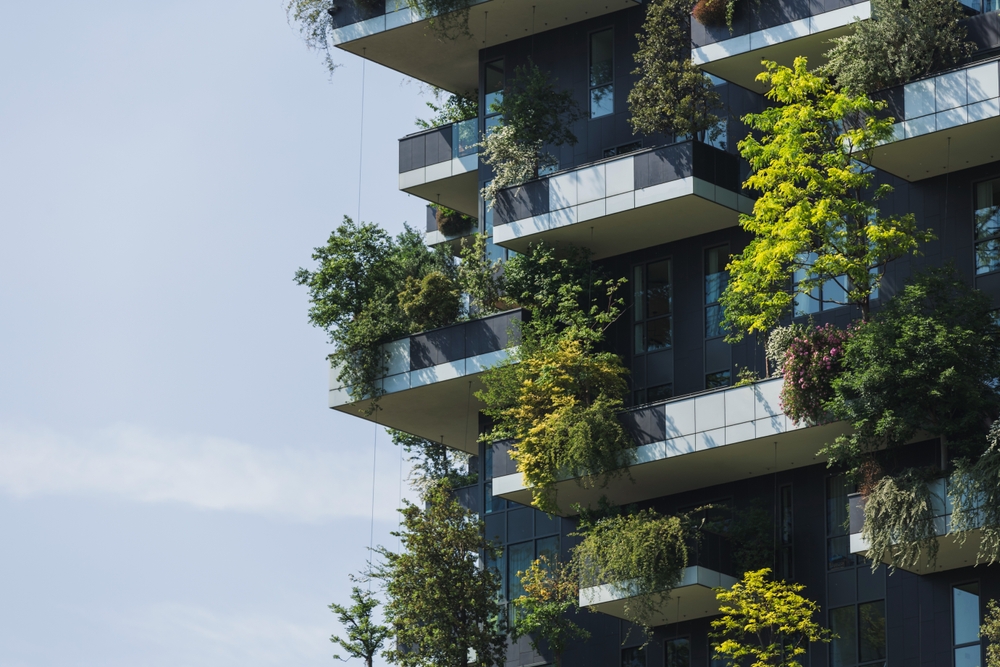Harnessing Hydroponic Hammocks: Suspended Gardens for Urban Dwellers
Imagine walking into your living room and being greeted by a lush, verdant tapestry of herbs and flowers, suspended gracefully from the ceiling. This isn't a scene from a futuristic sci-fi film, but the latest trend in urban gardening: hydroponic hammocks. These innovative hanging gardens are revolutionizing the way city dwellers interact with nature, bringing a slice of the outdoors into even the most compact living spaces.

In the 1930s, William Frederick Gericke of the University of California at Berkeley began experimenting with soilless cultivation, coining the term hydroponics. This method of growing plants using mineral nutrient solutions in water, without soil, laid the groundwork for the suspended gardens we see today.
The Anatomy of a Hydroponic Hammock
At its core, a hydroponic hammock consists of a sturdy, waterproof fabric stretched between two points, creating a shallow basin. This fabric is typically made from recycled materials, aligning with eco-conscious design principles. The hammock is filled with a lightweight growing medium, such as perlite or coconut coir, which supports the plants’ root systems.
A network of thin, flexible tubes runs through the hammock, delivering a nutrient-rich solution to the plants. This system is often automated, with timers controlling the flow of nutrients, ensuring optimal growth conditions with minimal intervention.
The Aesthetics of Aerial Agriculture
The visual appeal of hydroponic hammocks lies in their ability to transform unutilized vertical space into vibrant, living art. Designers are embracing this trend, creating hammocks that double as sculptural installations. Some feature geometric patterns that complement modern interiors, while others mimic natural forms, bringing an organic feel to urban environments.
Color plays a crucial role in these designs. While the greenery provides a natural palette, the hammocks themselves can be customized to match or contrast with existing decor. Translucent materials are gaining popularity, allowing the root systems to become part of the visual experience, adding depth and intrigue to the installation.
Practical Benefits Beyond Beauty
Hydroponic hammocks aren’t just about aesthetics; they offer practical benefits that make them increasingly attractive to urban dwellers. First and foremost is their space efficiency. In cities where square footage comes at a premium, these vertical gardens maximize growing area without encroaching on valuable floor space.
Moreover, the controlled environment of a hydroponic system allows for year-round cultivation, regardless of outdoor conditions. This means fresh herbs, vegetables, and flowers are always within reach, promoting healthier eating habits and reducing reliance on store-bought produce.
The systems are also remarkably water-efficient, using up to 90% less water than traditional soil-based gardening. This conservation aspect appeals to environmentally conscious consumers looking to reduce their ecological footprint.
Customization and Crop Selection
One of the most exciting aspects of hydroponic hammocks is their versatility in terms of crop selection. While leafy greens and herbs are popular choices due to their compact size and quick growth, innovative gardeners are pushing the boundaries of what can be grown in these suspended systems.
Dwarf varieties of fruiting plants, such as cherry tomatoes and strawberries, are finding their way into hydroponic hammocks. Some enthusiasts are even experimenting with hanging varieties of edible flowers, adding both visual appeal and culinary intrigue to their indoor gardens.
The Social Impact of Suspended Cultivation
The rise of hydroponic hammocks is having a ripple effect on urban communities. Shared spaces in apartment buildings are being transformed into communal gardens, fostering a sense of connection among residents. Schools are incorporating these systems into their curricula, teaching students about sustainable agriculture and nutrition.
In the workplace, companies are installing hydroponic hammocks as part of wellness initiatives, recognizing the mental health benefits of interacting with nature. The presence of these living installations has been shown to reduce stress, increase productivity, and improve overall job satisfaction.
Challenges and Considerations
While hydroponic hammocks offer numerous benefits, they are not without challenges. The initial setup can be costly, and there is a learning curve associated with maintaining the perfect balance of nutrients and pH levels. However, as the technology becomes more widespread, prices are dropping, and user-friendly systems are emerging.
Light requirements can also be a concern, especially in dimly lit urban apartments. Many enthusiasts are pairing their hydroponic hammocks with specialized grow lights, creating self-contained ecosystems that thrive regardless of natural light conditions.
The Future of Floating Flora
As urban populations continue to grow and the demand for sustainable living solutions increases, hydroponic hammocks are poised to become a staple of modern interior design. Research is ongoing to develop even more efficient systems, with some prototypes incorporating AI to optimize growing conditions and predict harvest times.
The integration of these systems with smart home technology is another exciting frontier. Imagine adjusting the nutrient flow to your suspended garden with a voice command or receiving notifications on your smartphone when it’s time to harvest your homegrown salad.





